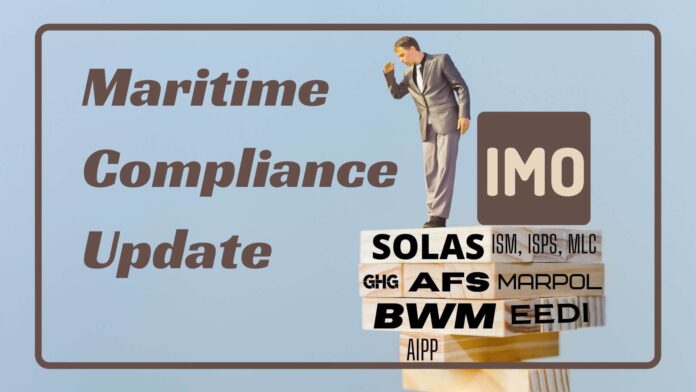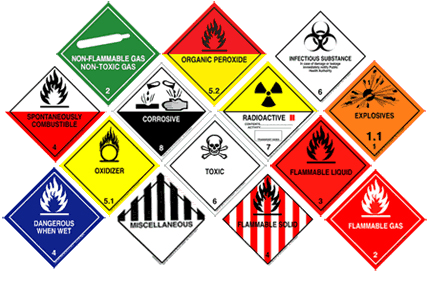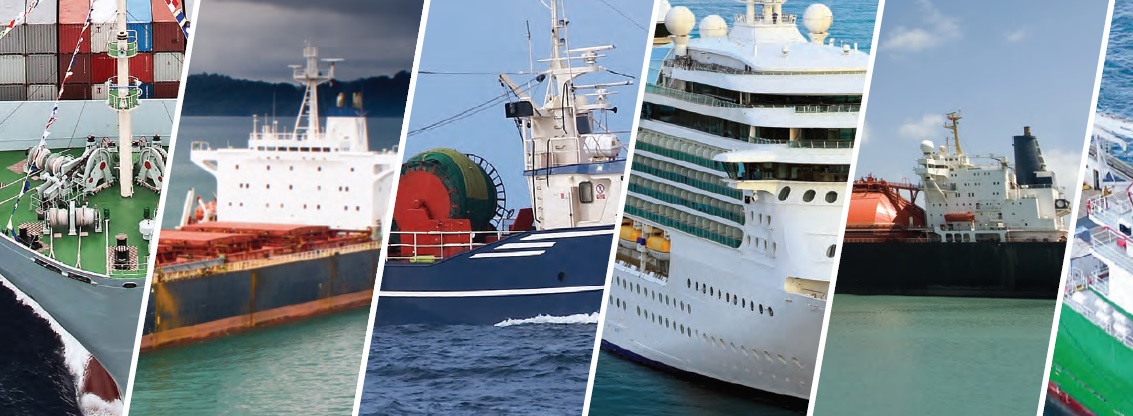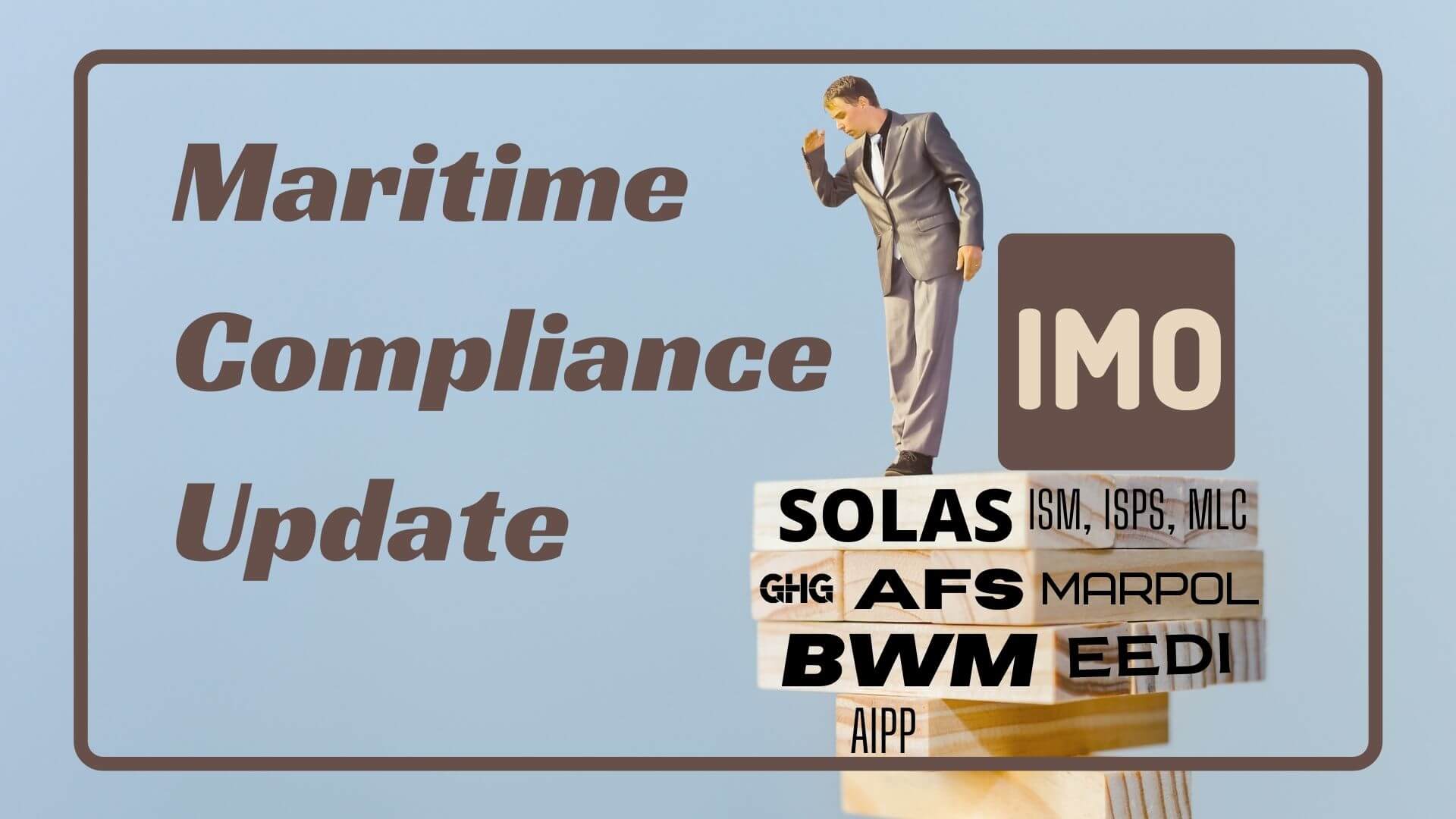
(www.MaritimeCyprus.com) The International Maritime Dangerous Goods (IMDG) Code governs the processes by which dangerous cargoes may be transported by sea. It was first published by the International Maritime Organization (IMO) in 1965. Since January 2004 the Code has been mandatory for SOLAS (Safety of Life at Sea Convention) signatory states, effectively making it a global rulebook for the sea transport of dangerous goods.
Although it is directed primarily at sea transport, the provisions of the Code affect a broader range of industries and services – manufacturers, packers, shippers, inland transport operators (road, rail and inland waterway), port authorities and terminal operators. The IMDG Code is based on the same ‘Orange book’ (UN Recommendations on the Transport of Dangerous Goods – Model Regulations) as other modal dangerous goods regulations. IMDG provides authoritative advice on classification, stowage, segregation, packing, labelling, terminology and emergency response action.

As years go by, serious incidents caused by or involving dangerous goods continue to occur, not only on ships but also in ports. Errors, misunderstandings, misdeclarations and inadequate packing and securing lie at the heart of many of these incidents. As ultra-large container ships and the marine terminals they call at increase in size and capacity, the potential for economic, human and environmental accidents rise in proportion.
This guide is intended to support shippers, forwarders, shipping line booking staff and those who pack dangerous goods into cargo transport units for carriage by sea in the technical aspects of the IMDG Code.
It is projected that by assisting parties to understand their own duties and the duties of other actors in the transport chain, both communications and compliance can be enhanced.

This edition reflects the position in the IMDG Code Amendment 41-22 which is mandatory from from 1 January 2024 and follows all the steps required when booking and packing a consignment of dangerous goods with a shipping line.
The guide presents the operational steps in Part A, supported by a general reference section in Part B.
Part A of the guide breaks down the process of preparing and booking the cargo into the following steps, and looks at the roles and requirements for the parties involved in each step:
Step 1: Classification of dangerous goods
Step 2: Selection of packaging
Step 3: Marking and labeling the packages
Step 4: Preparing the transport document for booking with the shipping line
Step 5: Applying the segregation rules
Step 6: Packing the cargo transport unit
Step 7: Producing the cargo transport unit packing certificate
Part B provides background to the IMDG Code and references to further materials.
The IMO/ILO/UNECE Code of Practice for Packing of Cargo Transport Units
(CTU Code) has been adopted as non-mandatory international law and is a
referenced from the IMDG Code. This guide will refer to the CTU Code as the
definitive industry guidance document on how to pack and secure cargo of all types
in cargo transport units.
For more info, you can download below the updated Guide on IMDG code, Amendment 41-22:
Source: UK P&I, TT club














